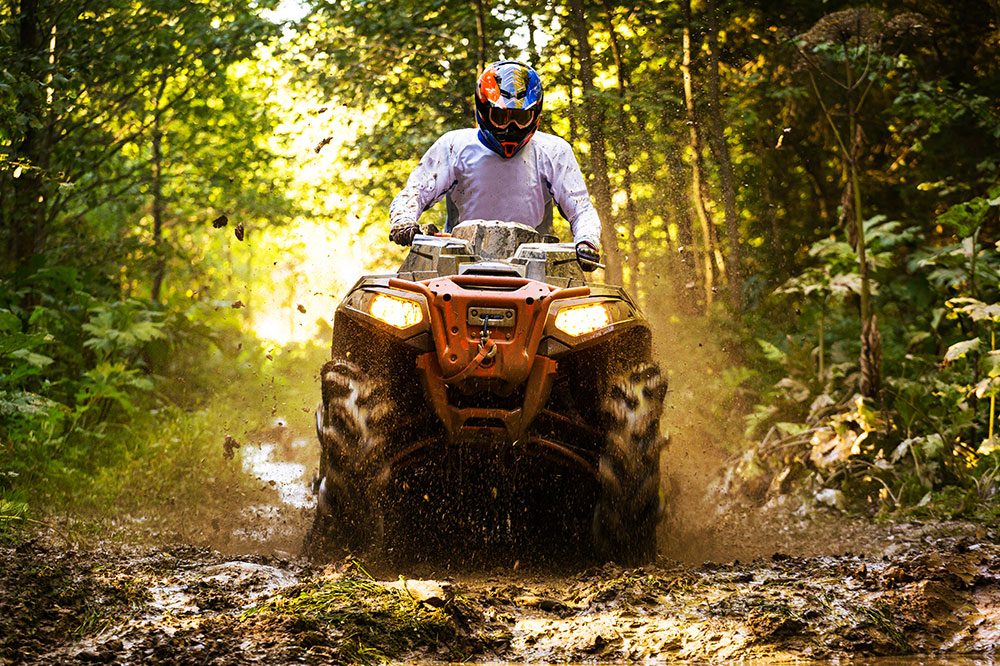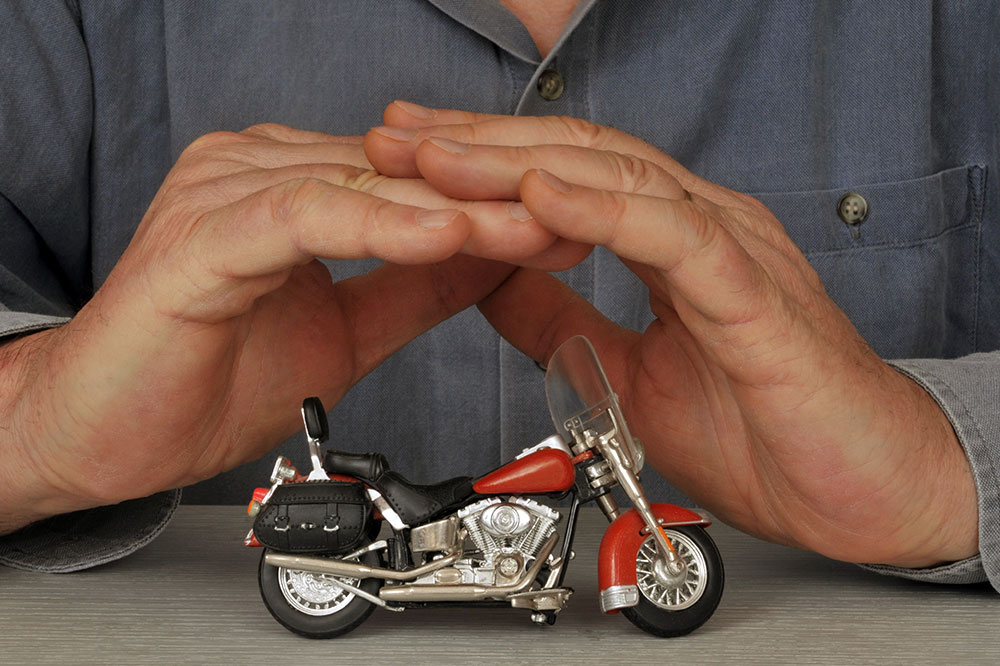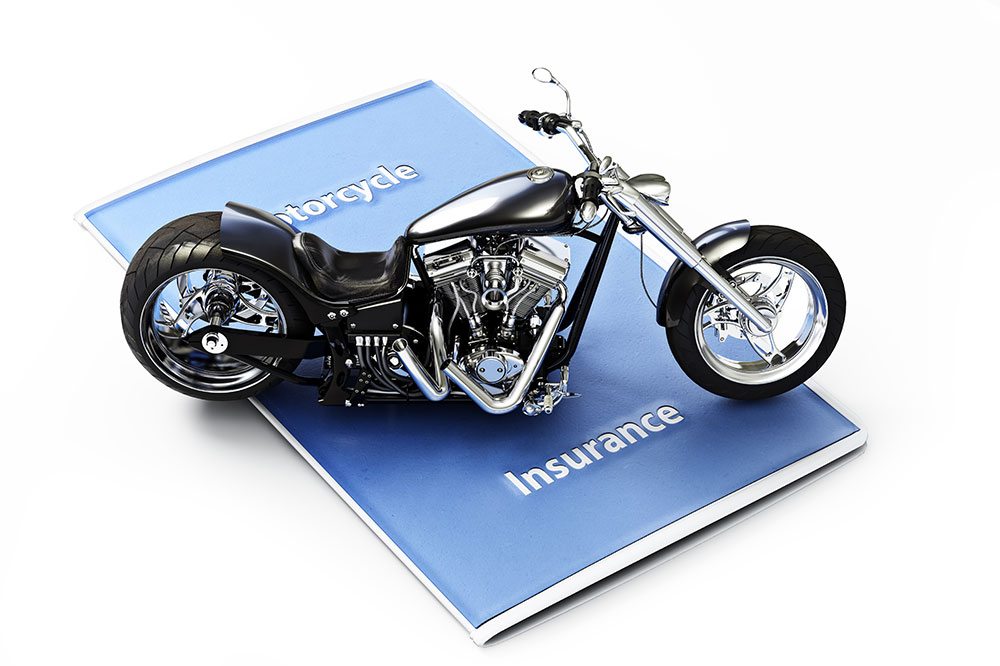Your Complete Guide to ATV Insurance Requirements and Coverage Options
Explore your essential ATV insurance requirements and coverage options. Learn about collision, comprehensive, liability, and optional protections to stay safe and legal while enjoying off-road riding. Discover tips for responsible ATV use and understand what across coverage options suit various needs to protect your investment and comply with laws.

Your Complete Guide to ATV Insurance Requirements and Coverage Options
An All-Terrain Vehicle (ATV), often called a four-wheeler or quad, is a motorized vehicle designed for off-road adventures. Similar to other safety measures, ATV insurance is essential to safeguard your investment and meet legal standards. Many parks and trails require proof of insurance for legal riding. Whether on private land or off-road trails, having adequate coverage avoids legal and financial issues. Knowing the different coverage types helps you select the best plan suited to your needs.
What does ATV insurance cover?
Collision protection: Provides repairs if your ATV gets damaged in an accident or rollover. Deductibles apply, so consulting an expert helps determine suitable amounts. For low-value ATVs, this may be optional to save costs.
Comprehensive coverage: Shields against theft, vandalism, fire, floods, and natural disasters impacting your ATV. Like collision coverage, it involves deductibles and reimburses the vehicle's market value. If your ATV is low in value, removing this coverage after consulting your insurer may be advisable.
Liability for bodily injuries: Covers medical expenses and legal costs if you cause injury to others while riding your ATV. Usually has per-person limits; an insurance agent can clarify these thresholds.
Property damage liability: Pays for damages you cause to others' property, such as homes or personal items. Often set at limits equal to or less than bodily injury coverage, ensuring damage costs are covered up to a specified amount.
Medical payments: Optional protection for rider injuries, covering ambulance and hospital costs, available through many providers.
Uninsured/underinsured motorist protection: If you're injured by a driver without sufficient insurance, this coverage can help cover your expenses. Many riders overlook this but it offers crucial protection. It’s typically an optional add-on.
What doesn’t ATV insurance cover?
Typically, ATV insurance does not cover damages from organized racing events. Specialized policies are available if you participate in such competitions.
Riding tips for ATV owners
Most ATVs are designed for a single rider; do not overload.
Stay within weight limits to maintain safety.
Only owners should operate the ATV, as they bear responsibility for accidents.
Avoid riding under the influence of alcohol or drugs.
Secure your ATV to prevent theft or unauthorized use.
Riding on highways or main roads is generally prohibited; verify local laws for exceptions.
Reach out to local insurers to compare policies and find optimal coverage for your ATV. Proper insurance enhances safety, legal compliance, and riding enjoyment.


